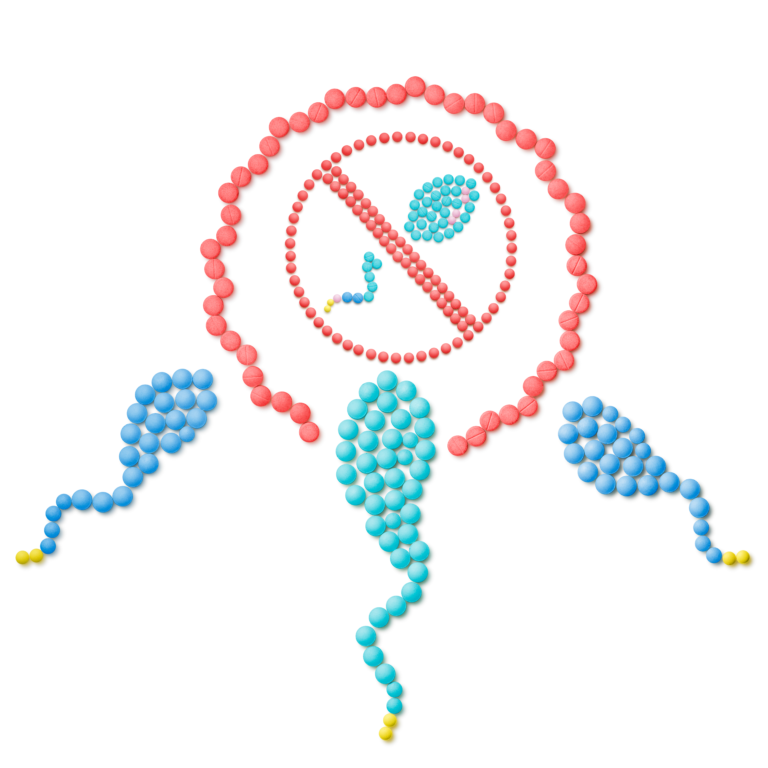Antisperm Antibodies (ASA) are estimated to cause 2.6% to 6.6% of infertility cases. However, existing reports are contradictory, and the connection between ASA and male infertility is still not completely understood. While it’s clear that ASA can interfere with the reproductive process, how it does so is still largely unknown. A 10-year retrospective study published in Andrology in March 2025 has investigated the prevalence and impact of ASA on semen quality and its association with male reproductive function to better understand the connection and its implications for treatment.
ASA and male fertility
The World Health Organization (WHO) has recognized sperm agglutination as a reliable indicator of possible ASA presence, supporting the need for further testing based on sperm motility and patient history. A global survey found that most clinicians rely on the MAR test for ASA detection and commonly prescribe corticosteroid therapy, though its effectiveness is still debatable. Assisted reproductive technologies, such as in vitro fertilization (IVF) and intracytoplasmic sperm injection (ICSI), are increasingly preferred over older treatments like sperm washes.
By analyzing a cohort of 2727 men, divided into four groups according to the percentage of ASA, the study aimed to clarify ASA prevalence and its impact on male reproductive health, and eventually improve the management of ASA-mediated immune fertility.
The study found that ASA prevalence was 1.4%. Compared to individuals without ASA, those with ≥50% ASA showed a higher presence of semen agglutinates and leukocytes, along with increased testicular volume. Participants with ASA levels between 10%-49% and 10%-100% had lower FSH and fructose levels but higher estradiol, α-glucosidase, and testicular volume. Additionally, the 10%-49% ASA group exhibited greater sperm agglutination and a higher percentage of round cells and leukocytes when compared to those without ASA, a trend also seen in the 10%-100% ASA group. No association was found between the percentage of ASA and varicocele, cryptorchidism, michrolithiasis, and diabetes. Notably, smoking was more prevalent among individuals with ≥50% ASA, who were twice as likely to have pathological ASA levels compared to those in the 10%-49% group.
Key findings on ASA’s role in male fertility
The study identified sperm agglutination and reduced motility as the most significant indicators of ASA presence. This reinforces their importance in clinical assessment and management. Notably, this is the first study to establish a link between smoking and pathological ASA levels. Additionally, the increase in testicular volume and decrease in FSH among ASA-positive patients may suggest that ASA could contribute to fertility impairment, further underscoring the need for ASA testing, particularly in cases where no other underlying causes are identified.
A better understanding of ASA’s impact on male fertility can lead to more personalized care, ensuring that patients receive the right diagnosis and treatment for their reproductive health.
Stay updated with the latest in fertility research and technology. Explore the latest sperm testing solutions available for fertility clinics, sperm banks, and laboratories here




